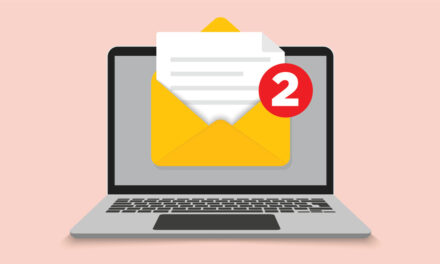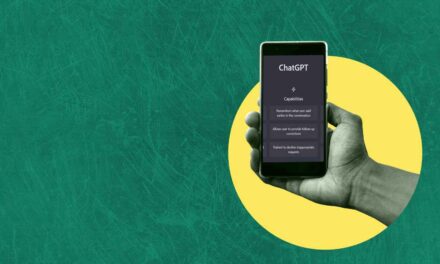CTA stands for call to action.
For you, those three letters stand for an opportunity to move your audience along their journey with your content brand.
Here are five things to do to use CTAs effectively:
1. Evaluate the options: Effective CTAs for content entrepreneurs typically target one of four actions – purchase, download, subscribe, and learn more.
When users click a purchase CTA, they usually intend to buy. Download actions usually result in your audience getting an infographic, report, template, etc., related to your content tilt.
Subscribe CTAs often work well with content entrepreneurs’ goal of growing their audience. The audience offers their email addresses because they believe you will give them something of value, such as a newsletter or ebook. A learn-more CTA aims to continue the customer’s journey. They usually direct people to content that delves deeper into the topic of the content they just consumed.
2. Add CTAs to your content: Where you put your call to action is nearly as important as the text. Each page on your website should include at least one CTA. Think about the journey you want that person to take on the page. If they’re on your blog and read to the end of an article, does it make sense to ask them to buy your book? Or should you let them give you their email for your newsletter before asking for money?
Include CTAs in your newsletters, marketing emails, social media, and printed material. You don’t always need to be selling, but you do need to help them go further in their journey with your brand.
3. Craft succinct CTAs: Writing the copy for a CTA button or a hyperlink might seem easy, but it’s challenging. The text should be short, precise, and eye-catching, or your audience might skim right past it.
Consider these two CTAs for people to sign up for a newsletter:
- Sign Me Up For Your Emails
- Subscribe Now
Did you even read all of the first one? There’s nothing wrong with a lot of text in a button. But every word needs to add value.
If a CTA requires more information to motivate a click, craft one with a headline and body copy. It still has to be clear, concise, and specific.
4. Use common language with a twist: A CTA usually isn’t the time to get too creative with your phrasing. Use language your audience already recognizes as a sign to take action, such as “subscribe now,” “get started,” “download now,” “sign up,” “contact us,” etc.
But don’t be afraid to get more specific. Don’t say “Learn More” when you could say “Learn More About Publishing.” Tailor your CTAs to your target audience. If you produce healthy eating journals, instead of “Buy Now,” you might say “Get Your Health Journal.”
5. Track your CTAs and get an AI assist: Keep a list of your CTAs and track their effectiveness. When you need to create the next one, review the list to see if you could reuse any. Also, take time to draft a few new ones. Don’t be afraid to make them longer than they should be. You can always edit them later.
You also can use an assist from generative AI tools. Here’s a sample prompt:
“I am creating a call to action. It should result in [USER ACTION] and will include the following on-page text [INSERT PAGE COPY]. Using the style of [LINK TO ONE OF YOUR ARTICLES], write 5 call-to-action examples based on this information.”
If you’re using any specific keywords in your CTA, add the following.
“Each call to action should use [KEYWORD].”
You can generate hundreds of examples this way. Most of them will be bad. But you might find a new action word or simplified phrasing that suits your audience.
A CTA can mean the difference between a new subscriber and a missed opportunity. Be thoughtful about including CTAs in your content and creating ones that work for your audience and your brand
Helpful Resources:
- How To Drive Reader Engagement and Sales With Effective Calls to Action
- How To Market To Your Subscribers
- 5 Things To Do To Convert Your Viewers Into an Audience You Own
About the author
Paul is the Senior Content Manager at Lulu. When he's not entrenched in the publishing and print-on-demand world, he likes to hike the scenic North Carolina landscape, read, sample the fanciest micro-brewed beer, and collect fountain pens. Paul is a dog person but considers himself cat tolerant.










